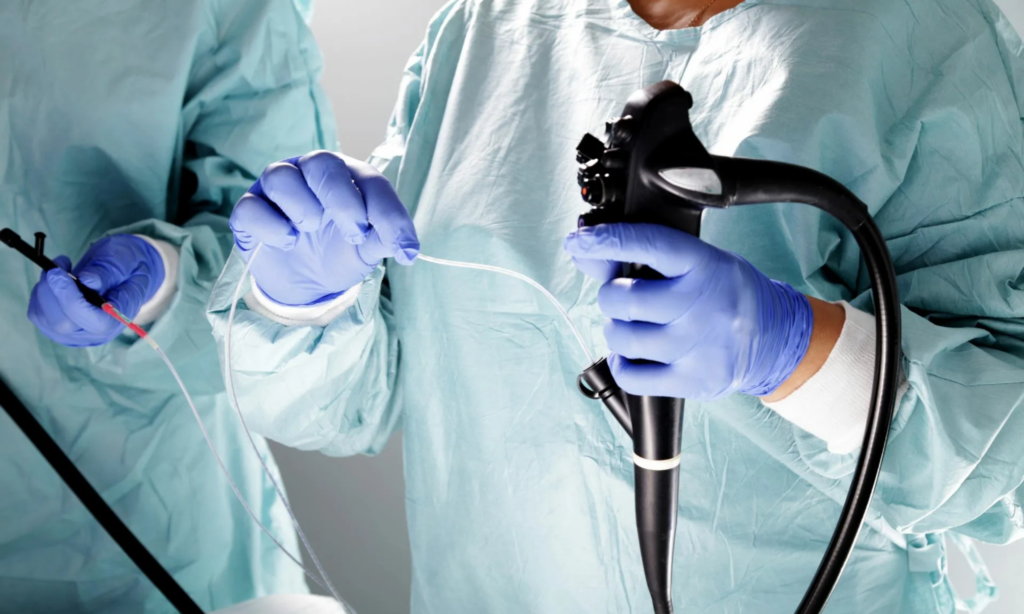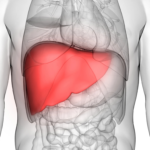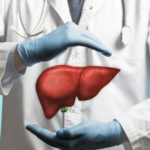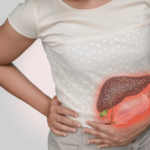
Medical science has equipped us with a lot of tools for diagnosing and treating varied conditions. The most widely used procedures that diagnose the condition of the digestive system include endoscopy and colonoscopy. Both these procedures are minimally invasive, Best Gastro Liver Clinic in Pune. yet they serve the purpose of different parts of the gastrointestinal tract. Understanding how they differ in their purpose can help patients be better informed and make decisions accordingly.
In this blog, we’ll explore what endoscopy and colonoscopy are, how they differ when each is used, and what patients can expect during these procedures.
What is an Endoscopy?
Endoscopy is a diagnostic procedure that allows doctors to look inside the upper digestive tract. This is done by inserting a flexible tube with a light and camera, called an endoscope, into the body through the mouth. The images are transmitted to a monitor, and the doctor can see the esophagus, stomach, and the first part of the small intestine, which is called the duodenum.
Endoscopy is used to evaluate symptoms like:
• Nausea and vomiting
• Unintended weight loss
• Difficulty in swallowing
• Abdominal pain
• Gastroesophageal reflux disease
• Bleeding or ulcers in the upper digestive tract
Besides its diagnostic role, endoscopy can also be therapeutic. For instance, it may be used for the removal of polyps, and biopsies, and even for the treatment of bleeding ulcers.
What is a Colonoscopy?
Colonoscopy is a medical procedure used to examine the large intestine (colon) and the rectum. The use of a colonoscope a long, thin, flexible tube with an attached light and camera at its end-permits the gastroenterologist to view on a monitor the lining of the colon and rectum. Colonoscopies are very effective in detecting colorectal cancer, polyps, and other IBDs, including Crohn’s disease and ulcerative colitis.
Colonoscopy is generally recommended for patients who:
• Are more than 50 years of age or younger if they have a family history of colorectal cancer
• Undergo persistent changes in bowel habits (such as diarrhea, constipation, or blood in the stool)
• Experience unexplained abdominal pain or cramping
• Undergo screening for colorectal cancer
During the procedure, the doctor may also take biopsies or remove polyps to help diagnose or prevent future health problems.
Key Differences Between Endoscopy and Colonoscopy
Although both procedures check the gastrointestinal system, important differences exist between endoscopy and colonoscopy:
1. Zone of Examination
o Endoscopy is mainly used to probe the upper digestive tract, mainly the esophagus, the stomach, and the duodenum
o Colonoscopy focuses on the lower part of the digestive tract, and this is the colon and the rectum
2. Type of Procedure and the Duration
o Endoscopy usually lasts between 15 to 30 minutes. The procedure is done under light sedation, and most of the patients are able to resume their usual activities within the same day.
o Colonoscopy will last between 30 minutes to an hour. It tends to use deeper sedation and patients will have to rest for several hours before they can go about their activities.
3. Preparation Needs
o Preparation for endoscopy is minimal, with the patient usually being instructed to avoid eating for at least 6 to 8 hours prior to the procedure.
o Colonoscopy preparation is more extensive. Patients have to adhere to a specific diet and take a bowel-cleansing solution to ensure the colon is completely empty for examination.
4. Indications for Use
o Endoscopy is most commonly used to diagnose upper gastrointestinal symptoms, such as acid reflux, unexplained vomiting, or difficulty swallowing.
o Colonoscopy is often conducted for screening of colorectal cancer, chronic digestive issues diagnosis, or for the cause behind symptoms such as blood in stools, diarrhea, or other alteration of bowel habits.
5. Risk Factors and Complications
o Both methods are safe, but like with every medical intervention, there exists risk. Risks of an endoscopy include bleeding and infection, as well as physical harm to the digestive tract but that again would happen rarely.
o Colonoscopy has similar risks, but because it requires deeper sedation and the use of a longer tube, there is a slightly higher risk of perforation (tear in the colon), bleeding, or infection.
When Should You Consider an Endoscopy or Colonoscopy?
Both endoscopy and colonoscopy are used in the diagnosis and management of gastrointestinal health. Your doctor will determine which one is needed for you based on your symptoms, medical history, and risk factors.
• If you experience persistent heartburn, difficulty swallowing, or unexplained weight loss, then an endoscopy is likely to be the best option for you.
• If you have a family history of colorectal cancer, changes in bowel habits, or are more than 50 years old, then you may be advised to undergo a colonoscopy as part of your routine screening or diagnostic process.
Both procedures can also be used for therapeutic purposes, such as removing polyps or taking biopsies for further testing.
What to Expect During and After the Procedure?
1. Endoscopy
You will be required to lie on your side during the procedure. The doctor will put the endoscope through your mouth. You may have mild sedation to ease you through, and this procedure is painless. You will be okay later on, perhaps with discomfort or bloating; these will normally settle in no time.
2. Colonoscopy
A colonoscopy is performed while the patient lies on the side, and usually, some sort of sedative will be administered to ensure your comfort. The doctor will place the colonoscope inside you through the rectum for the examination of the colon. Within hours, you may feel cramping or bloating after the procedure; these symptoms usually go away after a few hours. Someone should drive you home as you will have sedatives from the procedure.
Summary
Endoscopy and colonoscopy are very important diagnostic procedures that are employed to study various parts of the gastrointestinal system. While the former focuses on the upper part of the digestive tract, the latter is used to study the lower part of the digestive tract. best liver specialist in Pune Understanding the differences between the two procedures will help patients better prepare for their exams and decide about their health.
If you are looking for an experienced gastroenterologist who cares, then you can contact Dr. Bhate’s Gastro Liver Clinic in Baner, Pune, which offers comprehensive services for the gastrointestinal and liver health of a patient. As one of the best liver specialists in Pune, Dr. Bhate is dedicated to providing personal care to help patients maintain a healthy digestive system.




